Best Practices Articles

The Core Capabilities of a Best-In-Class PRM Software Platform
Part I – Where to Begin?
Don’t be scared. I am not here to write fiction, but I do want to start with a little bit of an introduction before you invest time in reading the rest of this article. Too often I see we are getting customers onboard who have made poor choices in selecting a partner relationship management (PRM) software vendor. We have made our fair share of mistakes as well, and we continue to do so. But over the past decade we have also gathered an enormous amount of information and insight on what partner relationship management is all about and what brands are looking for across multiple verticals. It’s not just ZINFI that is engaged in this process, but also our competitors. All of us are trying to solve what is a very big industry problem and at the same time an enormous opportunity – to make doing business between diverse organizations and individuals easy. It may sound simple, but it’s actually very complex. I hope this article will shed some light on the enormity of the problem/opportunity we are trying to solve for our customers.
Before you select a PRM software vendor, it’s important to know exactly what to look for based on your organizational needs. I have tried here to clearly define the complexity of the partner ecosystem and the factors most PRM software vendors miss. Without this understanding, it is very easy to choose a system and then have buyer’s remorse pretty quickly. So, before I give you a list of particular capabilities to look for, let me first explain why it’s essential to understand the nature of your partner ecosystem and the automation approach you need before picking a system.
Partner ecosystem – eh what?
If you have a role in partner management or you lead a function or an organization that deals with partners, by now you have heard the word “ecosystem.” You will hear it from every industry analyst you speak with. You can no longer open a channel or partner activity-related blog and not hear the word ecosystem.
So what is an ecosystem and what does partner relationship management (PRM) have to do with it?
Well, ecosystem is a biological term. National Geographic describes an ecosystem as “a geographic area where plants, animals, and other organisms, as well as weather and landscape, work together to form a bubble of life. Ecosystems contain biotic or living parts, as well as abiotic factors, or nonliving parts. Biotic factors include plants, animals, and other organisms. Abiotic factors include rocks, temperature, and humidity. Every factor in an ecosystem depends on every other factor, either directly or indirectly. A change in the temperature of an ecosystem will often affect what plants will grow there, for instance. Animals that depend on plants for food and shelter will have to adapt to the changes, move to another ecosystem, or perish. Ecosystems can be very large or very small.”
I wanted to start with this classic biological definition to illustrate an important point: It is the core purpose of an ecosystem to create and maintain an intrinsic diversity, without which none of the participants can thrive or even survive. When we talk about a PRM ecosystem, we are referring the process of managing relationships within a social and business community, locally and globally, involving individuals and entities that broadly support each other in a symbiotic way. Every element in a partner ecosystem must contribute towards social and business values, and it is the diversity in a partner ecosystem, much like a biological ecosystem, that allows it to grow and thrive. We will discuss later in detail why your PRM software needs to be adaptive to your ecosystem needs.
A typical ecosystem may include government regulatory bodies, trade unions, professional organizations, standards committees, individuals, consultants, engineering and non-engineering organizations, manufacturers, related associations and so on. An ecosystem can be as broad and diverse as the global supply chain for food and agriculture or as narrow as a local sports community. Your PRM software will need to be able to address a broad set of partner types, organizations and entities. It should never limit you.
Every individual or company participating in a partner ecosystem is a business (transacting) or social (non-transacting) partner with the other participants. In most large ecosystems there is also a governing body to establish rules governing interactions. Rules are necessary because, like any other biological creature, humans are predatory in nature. So are business organizations. The goal of the governing body is to prevent the kind of unfair predatory behavior that could end up destroying the ecosystem.
How do you manage this thing?
Managing an ecosystem requires a deep understanding of how all the parts work together and how organizations can use the tools at their disposal to influence the behavior of the partner organizations. Broadly speaking, this understanding emerges from an organization’s business strategy to serve a target audience. When you think about the ecosystem consumer brands operate in, at the heart of those ecosystems is some sort of a regulatory body, along with a network of retailers, manufacturers and suppliers. However, the ecosystem also includes what we might call “contextual” – albeit highly relevant – organizations like agencies, media companies, associated authorities and, of course, influencers such as celebrities and social media influencers. In the case of business brands, the ecosystem is likely to consist of consultants; engineering, financial and other trade-related technical organizations; and resellers, manufacturers and suppliers; and so on. Like consumer ecosystems, most ecosystems for business brands tend to have associations, standards organizations and/or governing bodies to help maintain a fair collaboration framework. Your PRM software should enable you to manage this diversity. Again, we will discuss in detail later on how you do that.
At this point you must be wondering how it is possible for any PRM organization to manage such a diverse assortment of individuals and organizations. Well, as I hinted at earlier, it is all about managing core relationships as well as managing context; it’s also about having state-of-the art PRM software that gives you the tools to do that. Most organizations tend to focus on their immediate relationships with customers, vendors and suppliers. However, as an organization grows, especially globally, it also needs to work with various social and governing bodies to ensure alignment and compliance. This requires allocation of resources to manage partner relationships at various levels and in diverse contexts. In an industry environment like energy, mining or infrastructure, where businesses are dependent on capital for growth, engagement with government organizations at a variety of levels is essential. On the other hand, consumer and business services and software companies that are not as reliant on capital can focus more narrowly on their own value chain and less on contextual drivers like governing bodies.
The key point I want to make here is that, in the end, an organization that wishes to succeed in managing a partner ecosystem has to clearly define an engagement model: one-to-one (company to government) or one-to-many (company to resellers) or many-to-many (alliance partners to resellers). Each engagement model requires its own unique design for programs, processes, people and platform. In turn, that means that the nature of PRM varies from one organization to another because the nature of the relationships tends to vary.
Sounds like a nightmare, right?
Well, it kind of is. However, it is also an opportunity. We are all familiar with the saying, “If it was easy, someone else would have done it by now.” The primary reason an organization exists is to provide some level of social and economic value. The larger the organization, the broader these economic and social value components tend to be. Scale is driven by an organization’s ability to replicate its value proposition locally and globally and defend itself from competitors. This is exactly where an ecosystem strategy comes into play. The more complex an ecosystem is, the harder it is to replicate and the harder it is to scale. Your ecosystem may be complex, but your PRM software needs to be elegant, flexible and configurable to let you manage this complexity. We will have a lot more to say on this topic later on.
I suspect you are reading or watching or listening to this article on a computer or a smart phone. When you think about these devices, they involve huge ecosystems – both around a brand and across multiple brands. The most obvious example is the Wintel (Windows & Intel) ecosystem. The brilliance of these two organizations is revealed not only by their ability to develop world-leading technologies but also their ability to put together a diverse set of players that range from government entities (local, state and federal agencies) and businesses like designers and manufacturers to user groups and actual buyers. One of the reasons a company like Microsoft continues to dominate, despite being late in committing resources to developments like the Internet or cloud computing, is the “stickiness” of its ecosystem partners. The strength of those relationships has given Microsoft time to course-correct, shift its focus to where the world is going and eventually start driving it again. During Satya Nadella’s reign, the Microsoft ecosystem has become one of the most valuable ecosystems in the world. What used to be Windows is now free, but the value of the community of partners tied to Windows or similar Microsoft technology components is incalculable.
So yes, ecosystems are complex in nature, and managing them is not easy. The easiest approach to managing this complexity is to break the ecosystem down by organizational types: e.g., governing entities, standards committees, designers, developers, manufacturers, resellers, value-added resellers, systems integrators, influencers /affiliates, users and so on. (Note that users are also partners. Why? Think about online user forums where users help each other solve problems. These are an incredibly important part of a business ecosystem.) Managing each of these ecosystem components effectively requires an integrated strategy, sound business planning, resource allocation by region, and careful design of partner relationship management processes and programs.
Where do I start?
I know it can be overwhelming when you look at the complexity of a business ecosystem. However, as I said earlier, the easiest place to start is with partner types and programs. Once you have defined the partner types in your partner ecosystem and the programs that align with those partner types, then you can start thinking about which parts of the partner management process you need and want to automate. Every partner type must be managed in a structured way, starting with recruitment and partner onboarding, and moving on to enablement, management, payment and expansion of relationships. Even if you are just in the beginning stages of automating your management of partners, it is important for you to have a clear picture of the entire partner journey and your own partner management journey, not just the beginning. Your PRM software need to be flexible enough for you to design various types of programs and deploy them. We will discuss this later in detail.
Too often we see customers who have jumped from another platform – not just once, but two or three times, because what they deployed was not sufficient to keep pace with their growth and their evolving business requirements. Due to budget constraints, most companies tend to confine their focus to one or two pieces of this very complex puzzle of partner management. In our early days, we didn’t understand the entire process, either. However, over the years it has become clear that for a platform like ours to be truly helpful it needs to allow customers to start anywhere they would like in their partner management journey, but then expand as needed in a seamless way. Developing a platform with this kind of flexibility is not easy, but it can be done, and with every day that goes by we get better at it. You can do the same with your partner management journey.
So, while your recognition of the need to begin automating is absolutely appropriate, it is critical to understand the upfront cost of switching to another platform. You not only have to reinvest in setting up what you have already invested in setting up, but you also have to manage the disruption of switching and then retrain partners to adopt a new platform, potentially a new interface and probably a different workflow. Therefore, while there may be a lot of pressure to get something launched quickly, the cost of not planning out the procurement of a PRM software platform can significantly diminish your ability to respond effectively as your ecosystem grows and your automation needs grow. Quite frequently we seen have organizations consider switching as the renewal date of their existing system approaches, but then end up running out of time and sticking with what they have. Granted, the cost of switching is very high, even if the month-to-month spend is low. That’s why it is essential to know what you are choosing and why, and to understand how the PRM software will grow in parallel with your organizational needs over time.
Author:
Sugata Sanyal
Best Practices Guidebook
 The Channel Sales Playbook: Skills, Strategy, and Growth
The Channel Sales Playbook: Skills, Strategy, and GrowthDownload for FREE
 Blueprints for Vertical Success Best Practices
Blueprints for Vertical Success Best PracticesDownload for FREE
 The Future of Partner Enablement: From Enablement Gaps to Global Advantage
The Future of Partner Enablement: From Enablement Gaps to Global AdvantageDownload for FREE
 Reimagine Sales Development. Build a Smarter Prospecting Engine
Reimagine Sales Development. Build a Smarter Prospecting EngineDownload for FREE
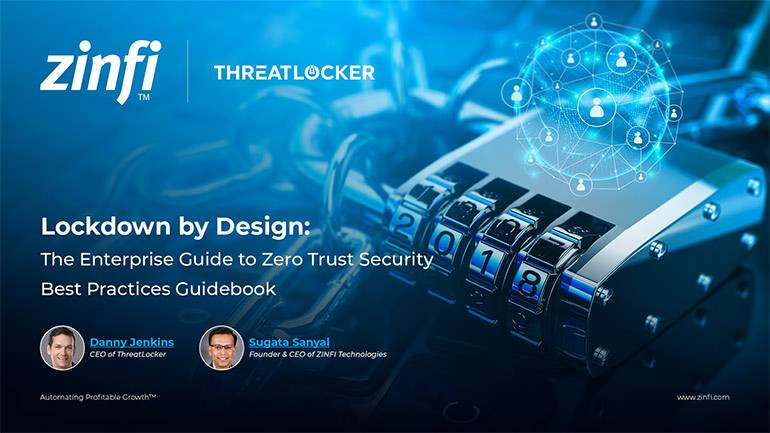 The Zero Trust Imperative: Fortifying Enterprise Security Against AI-Driven Threats
The Zero Trust Imperative: Fortifying Enterprise Security Against AI-Driven ThreatsDownload for FREE
 PartnerOps Excellence: The Definitive Guide to Scalable SaaS Ecosystems
PartnerOps Excellence: The Definitive Guide to Scalable SaaS EcosystemsDownload for FREE
 The Modern Partner Ecosystem Best Practices
The Modern Partner Ecosystem Best PracticesDownload for FREE
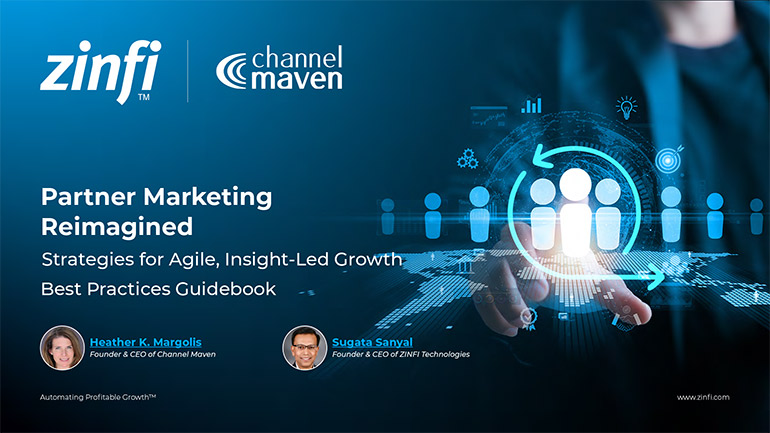 Partner Marketing Reimagined: Strategies for Agile, Insight-Led Growth
Partner Marketing Reimagined: Strategies for Agile, Insight-Led GrowthDownload for FREE
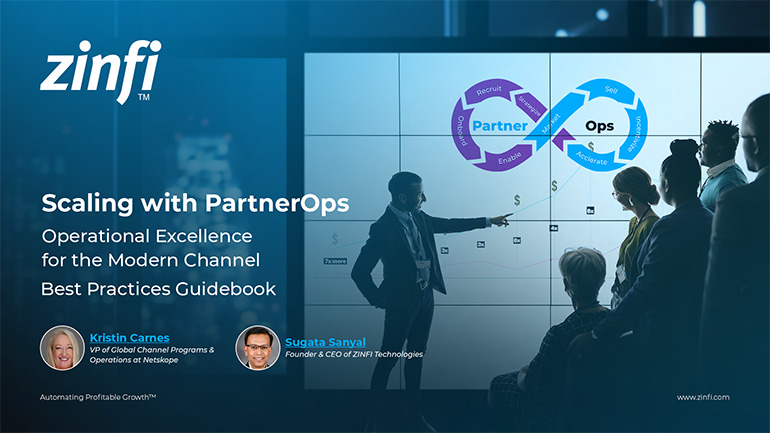 Scaling with PartnerOps Best Pratices
Scaling with PartnerOps Best PraticesDownload for FREE
 Leading with Partner Programs Best Pratices
Leading with Partner Programs Best PraticesDownload for FREE
 The Partner-First Blueprint: Scaling Trust, Intelligence, and Ecosystem Growth
The Partner-First Blueprint: Scaling Trust, Intelligence, and Ecosystem GrowthDownload for FREE
 Unlock Scalable Growth with The Partner Marketing Growth Blueprint
Unlock Scalable Growth with The Partner Marketing Growth BlueprintDownload for FREE
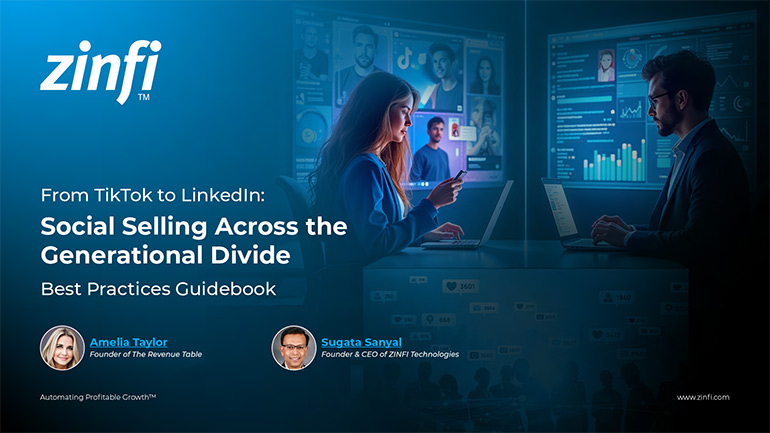 From TikTok to LinkedIn: Social Selling Across the Generational Divide
From TikTok to LinkedIn: Social Selling Across the Generational DivideDownload for FREE
 Scaling Partner Ecosystems: From Enablement to Intelligence
Scaling Partner Ecosystems: From Enablement to IntelligenceDownload for FREE
 The Ultimate Guide to Partner Marketing Success Best Practices
The Ultimate Guide to Partner Marketing Success Best PracticesDownload for FREE
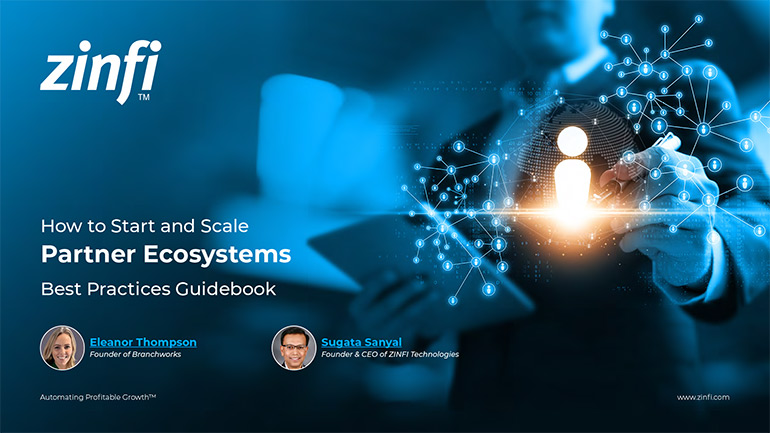 How to Start and Scale Partner Ecosystems Best Practices
How to Start and Scale Partner Ecosystems Best PracticesDownload for FREE
 The Evolution of PartnerOps: Past, Present & Future Best Practices
The Evolution of PartnerOps: Past, Present & Future Best PracticesDownload for FREE







